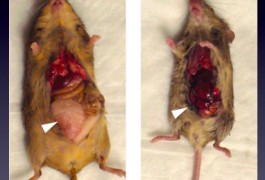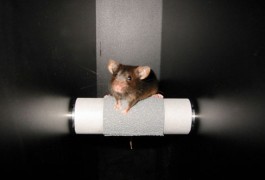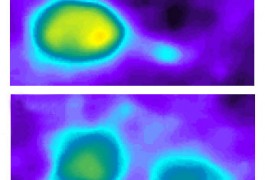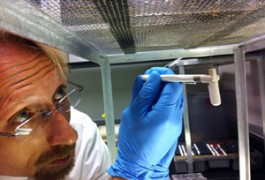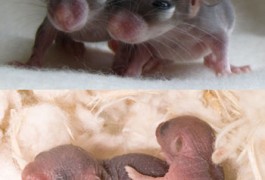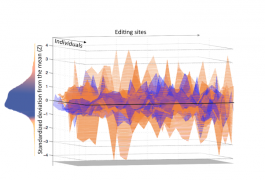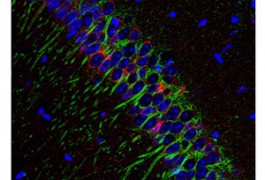Mice with autism-linked deletion show unexpected deficits
Mice lacking one copy of the autism-linked 16p11.2 chromosomal region are thin, deaf and show repetitive behaviors. They also have altered proportions of neurons in their brains, particularly those that express the chemical messenger dopamine. The unpublished results were presented Sunday at the 2012 Society for Neuroscience annual meeting in New Orleans.
